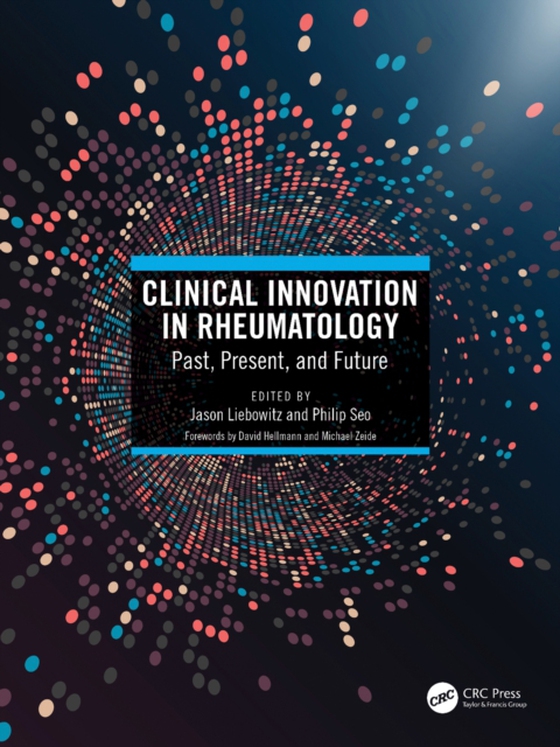
Clinical Innovation in Rheumatology e-bog
509,93 DKK
(inkl. moms 637,41 DKK)
Tremendous advances have been made in the field of rheumatology, profoundly changing our understanding of many rheumatologic conditions and creating a new frontier for effective treatments. This book explains the most significant advances in research and care and speculates as to what will be the future of rheumatology over the next several decades, including challenges and lessons learned from...
E-bog
509,93 DKK
Forlag
CRC Press
Udgivet
4 oktober 2022
Længde
184 sider
Genrer
Medicine: general issues
Sprog
English
Format
pdf
Beskyttelse
LCP
ISBN
9781000684742
Tremendous advances have been made in the field of rheumatology, profoundly changing our understanding of many rheumatologic conditions and creating a new frontier for effective treatments. This book explains the most significant advances in research and care and speculates as to what will be the future of rheumatology over the next several decades, including challenges and lessons learned from past experiences in the field. It highlights landmark research articles and scientific discoveries, discusses how big data, personalized medicine, new biomarkers for disease, and other technological revolutions will shape the future, making it a must-have resource for physicians from all regions of the world.Key Features Includes concise yet thorough description of the landmark studies and scientific breakthroughs coupled with easy-to-follow organizational structure of chapters that are accessible to readers at different levels of training. Brings together world-leading experts to provide a fresh perspective to trainees such as residents and fellows-in-training, as well as more senior clinicians and researchers across the field of rheumatology and in specialties such as cardiology, dermatology, pulmonology, nephrology, and neurology, all of whom care for patients with rheumatologic conditions. Allows the authors to imagine and speculate about the evolution of the field of rheumatology in the coming decades. Examples of such speculative possibilities include use of synovial biopsy to predict response to treatment in rheumatoid arthritis, replacement of renal biopsy with urinary proteomics in diagnosing and classifying lupus nephritis, use of new therapeutics to obviate the need for steroids in the treatment of ANCA-associated vasculitis, and the use of machine learning to evaluate subtle changes in imaging for management of inflammatory arthritis.
 Dansk
Dansk

